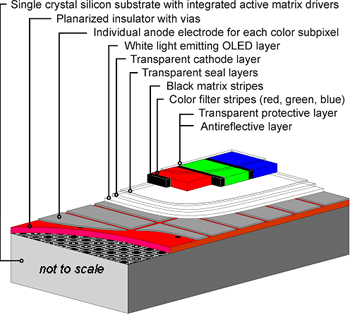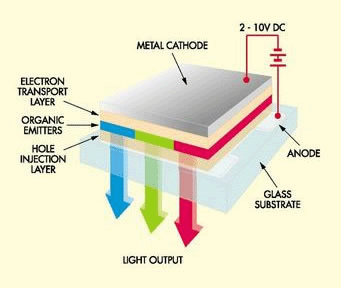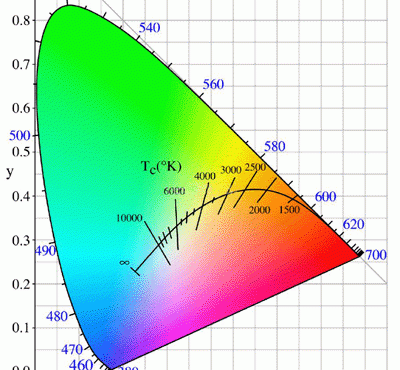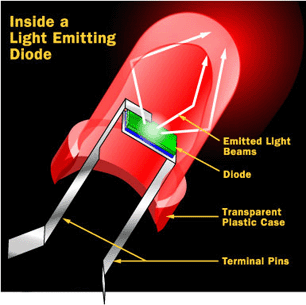OLED stands for Organic Light Emitting Diode. The “organic” in OLED refers to organic material. Carbon is the basis of all organic matter. Examples of carbon-based substances include sugar, wood and the majority of plastics. The “LED” stands for “Light Emitting Diode” and describes the process of converting electric energy into light. There are two […]

Advantages: The different manufacturing process of OLEDs lends itself to several advantages over flat-panel displays made with LCD technology. Although the method is not currently commercially viable for mass production, OLEDs can be printed onto any suitable substrate using an inkjet printer or even screen printing technologies, they could theoretically have a lower cost than […]
Advantages: 1) Size: LEDs can be very small (smaller than 2 mm2) and are easily populated onto printed circuit boards. 2) Cycling: LEDs are ideal for use in applications that are subject to frequent on-off cycling, unlike fluorescent lamps that burn out more quickly when cycled frequently, or HID lamps that require a long time […]
1. OLED working principle. A Layer of organic material is sandwiched between two conductors (an anode and a cathode), which in turn are sandwiched between a glass top plate (seal) and a glass bottom plate (substrate). When electric Current is applied to the two conductors, a bright, electro-luminescent light is produced directly from the organic […]
Color temperature is a characteristic of visible light that has important applications in lighting, photography, videography, publishing, and other fields. The color temperature of a light sources is determined by comparing its chromaticity with that of an ideal black-body radiator. The temperature, usually measured in kelvins(K) at which the heated black-body radiator matches the color […]
LED (Light Emitting Diode), LED is a solid-state semiconductor devices, it can direct the light into electricity. The heart of LED chip is a semiconductor chip is attached to one end of a stent, this end is negative, the other end to connect the positive power supply. And the whole package together chip by epoxy […]



